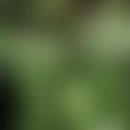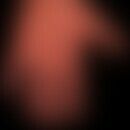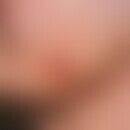Synonym(s)
DefinitionThis section has been translated automatically.
A distinction is made between the annual Bingelkraut (Mercurialis annua) and the forest Bingelkraut (Mercurialis perennis).
The annual Bingelkraut, Mercurialis annua is a herbaceous plant that reaches a size of 10-40 cm and grows on wasteland in vineyards and fields. The plant is found throughout Europe, especially in the Mediterranean area. The leaves are ovoid-lanceolate, with serrated edges. The flower colour of the Bingelkräuter is yellowish-green.
The forest henbane, Mercurialis perennis, reaches a size of 15-30 cm. The leaf shape is elongated-lanceolate. The plant occurs throughout Europe. It grows on moist forest soils.
IngredientsThis section has been translated automatically.
Saponins, cyanoglycosides, flavone derivatives
You might also be interested in
OfficinalThis section has been translated automatically.
Mercuralis annua and Mercuralis perennis are parent plants of Herba Mercuralis, the Bingelkraut.
Spectrum of actionThis section has been translated automatically.
Popularly used as a laxative and diuretic. There are no reliable scientific results. Poisoning in humans is not to be expected. However, the herb can have a toxic effect on horses, pigs, cattle and cows.
Note(s)This section has been translated automatically.
In ancient Rome the Bingelkraut was named after the god Mercus (hence the botanical genus name Mercurialis).
LiteratureThis section has been translated automatically.
- Arberer W (2008) Contact allergy and medicinal plants. JDDG 6: 15-24
- Hausen BM, Vieluf K (1997) Allergy plants, plant allergens. Ecomed Publishing House Landsberg (Munich) 81-82




